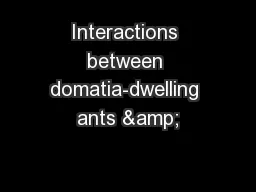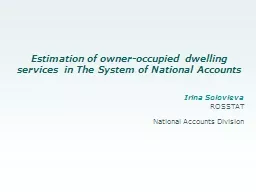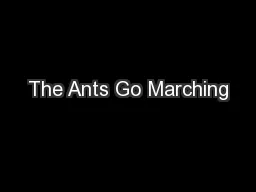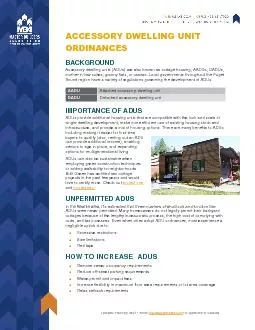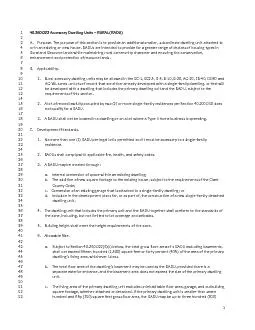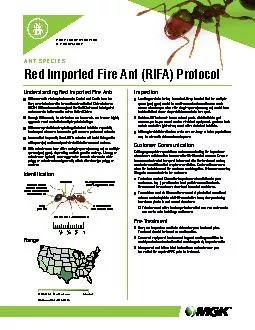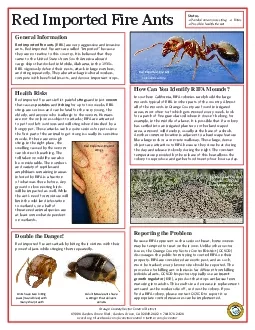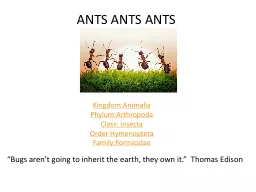PPT-Interactions between domatia-dwelling ants &
Author : liane-varnes | Published Date : 2015-11-20
Acacia erioloba in Namibian savanna Heather Campbell Mark Fellowes amp James Cook School of Biological Sciences University of Reading Reading RG6 6AS Ants and Acacias
Presentation Embed Code
Download Presentation
Download Presentation The PPT/PDF document "Interactions between domatia-dwelling an..." is the property of its rightful owner. Permission is granted to download and print the materials on this website for personal, non-commercial use only, and to display it on your personal computer provided you do not modify the materials and that you retain all copyright notices contained in the materials. By downloading content from our website, you accept the terms of this agreement.
Interactions between domatia-dwelling ants &: Transcript
Download Rules Of Document
"Interactions between domatia-dwelling ants &"The content belongs to its owner. You may download and print it for personal use, without modification, and keep all copyright notices. By downloading, you agree to these terms.
Related Documents

